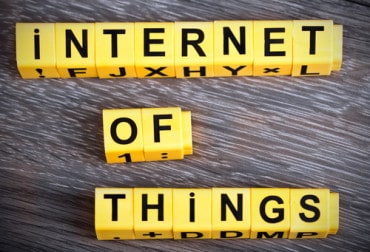In what Gartner says may be a sign of confusion, 75 percent of organizations are willing to pay more for 5G mobile capabilities.

“Those in the telecom industry are more likely to be prepared to pay more than those in other industries,” said Sylvain Fabre, research director at Gartner. “End-user organizations in the manufacturing, services and government sectors, for example, are less likely to be willing to pay a premium for 5G than telecom companies, which are willing to pay a 5G premium for their internal use.”
[ Related: 5G Has Potential for Manufacturing, Smart Medicine ]
Despite most of the respondents saying they would be willing to pay more for 5G, only 8 percent said they expect the technology to deliver savings or increase revenues. Fifty-nine percent said they see it only as a network evolution, and 37 percent as an enabler of digital business. Respondents from the telcom sector were the least convinced that 5G would enhance revenues. Almost half said they plan to use 5G to access videos and fixed wireless capabilities. Fifty-seven percent said their organization intends to use it to drive IoT communication.
Do we even need 5G for IoT yet?
“This finding is surprising, as the number of deployed ‘things’ that need cellular connectivity won’t exceed the capacity of existing cellular IoT technologies before 2023 in most regions,” said Fabre. “And even once fully implemented, 5G will suit only a narrow subset of IoT use cases that require a combination of very high data rates and very low latency.”
[ Related: Smart City Link: LPWA, 5G, or Mesh? ]
“5G won’t be ready to support massive machine-type communications, or ultra-reliable and low-latency communications, until early 2020,” Fabre said. Gartner reports that this finding may also be a sign of confusion about 5G’s applicability given the many proven and less expensive alternatives already exist for wireless IoT connectivity. The research cites Wi-Fi, ZigBee or Bluetooth as examples would avoid the cost and complexity associated with cellular communications.
While 84 percent said they believe 5G will be widely available by 2020, wide availability may not be achieved until 2022 or beyond, say most communications services providers. Gartner predicts that only 3 percent of the world’s network-owning CSPs will have launched commercial 5G networks by 2020.
“Although standards-compliant commercial network equipment could be available by 2019, commercial rollouts of 5G networks and services by CSPs before 2019 are likely to use prestandard equipment,” added Fabre.






























